please fill out the form. We're ready to receive your message.

The release date:2019/8/22 0:00:00
The library is an important platform for us to gain knowledge and share information. However, it is also a major consumer of electricity and lighting power consumption accounts for a relatively large proportion.

How to save energy in libraries? One important way is to make lighting smarter. But first of all, we need to figure out a phrase, smart lighting. If you know very little about the intelligent industry, maybe you will be curious about what is "smart lighting".

Smart lighting, briefly speaking, is an intelligent control system which can automatically make adjustments based on conditions such as occupancy or daylight availability. If such a smart lighting control system is applied in the library, it is bound to greatly reduce the waste of power resources. The library of National Chung Hsing University(NCHU) in Taiwan, China, just proves this.
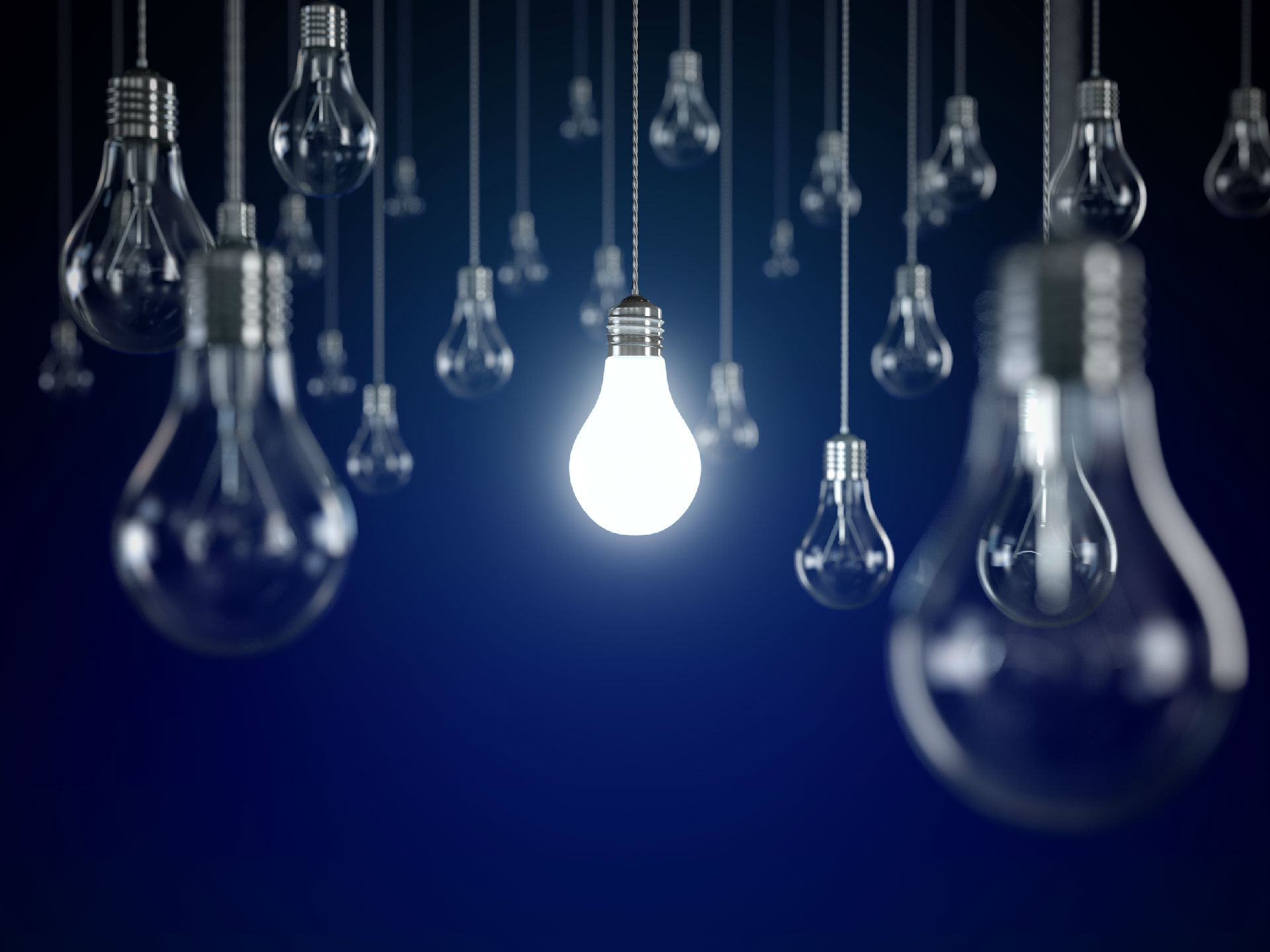
NCHU library has about 2,000 seats for reading, and the main building covers an area of 34,595 square meters. In such a large building, lights are on from morning to night in order to ensure sufficient light for reading. In addition, it relies too much on artificial light sources. Besides, some areas like the high bookshelf area were unoccupied in most times. Thus we can imagine how much the power was consumed.
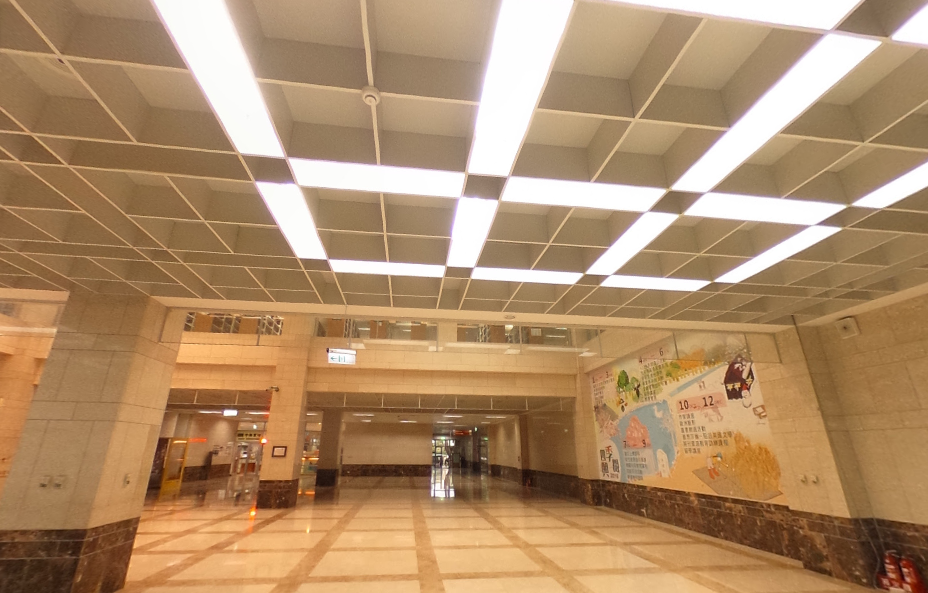
In order to improve this situation, the library adopted HDL smart lighting solutions, and successfully achieved the goal of saving energy and optimizing management. And the followings are details of the smart lighting solutions that HDL specially designed for NCHU library.
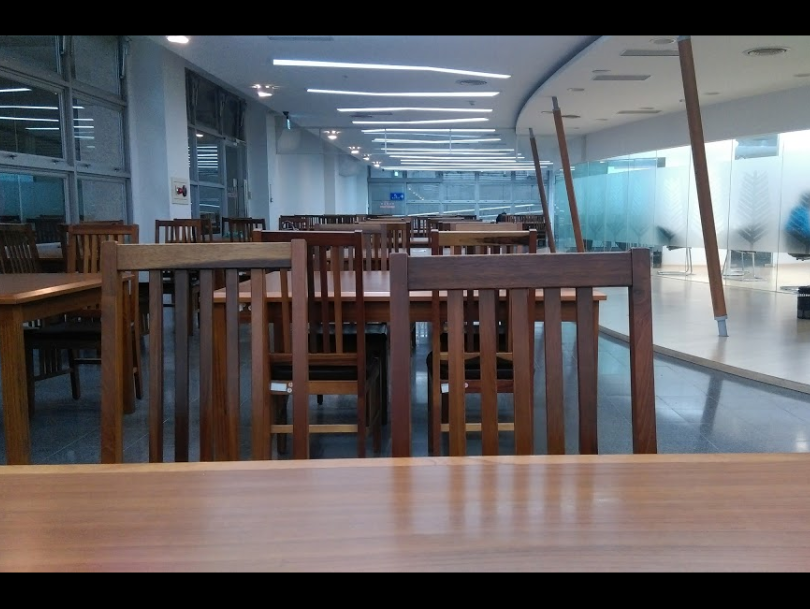
01. High Bookshelf Area
The high bookshelf area of NCHU library is very narrow and long, and most of the time is unoccupied. HDL installed 133 sensors in this area, which can ensure sensitivity of sensors and at the same time avoid letting the user of the sidewalk trigger the sensors.
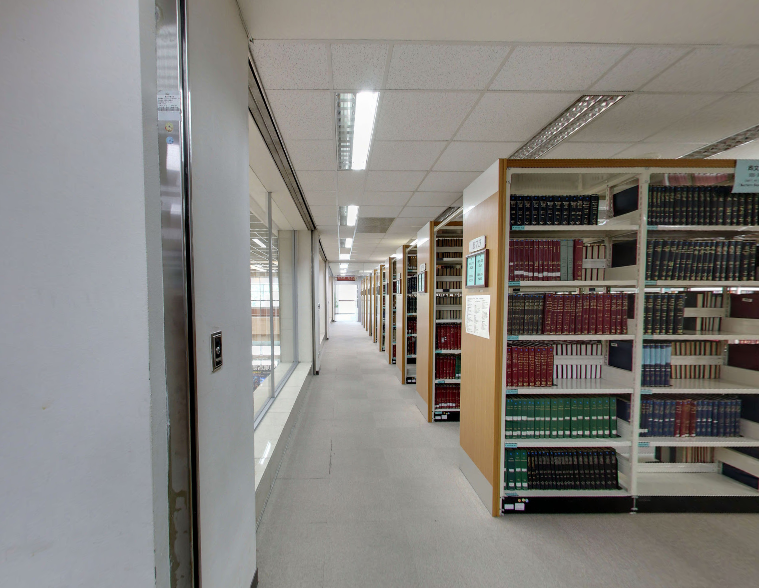
02. Reading Area beside Windows
The reading seats in this library are all beside the French windows, with plenty of sunlight during the day. In this area, HDL adopted a way of combining the motion perception and daylight fill to make full use of the daylight.
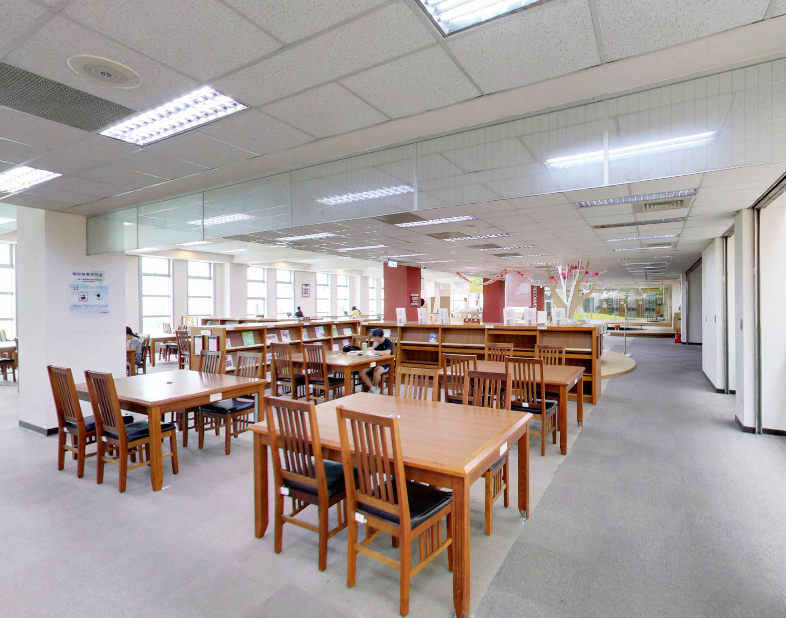
03. Timing Control for All Area
Firstly, remote control by mobile phones. It can implement many functions, including adjusting the lights, turning on or off the sensors, setting timing schedule and so on.
Secondly, timing control. The start time and the action or brightness at start-up can be set for the lights and sensors. Besides, it can also set the vacation calendar so that on certain holidays, this function can be disabled.
Thirdly, electricity report. It can analyze the power usage and give a report on it. Through this report, staff can easily know the condition of power usage daily, weekly and monthly.
please see more on www.hdlautomation.com



